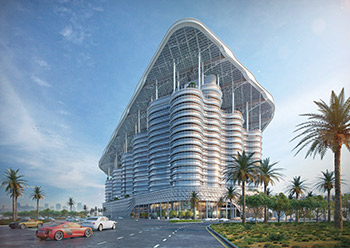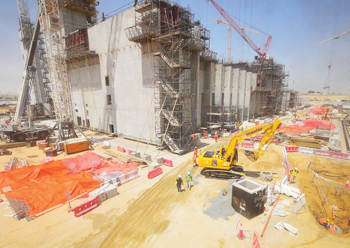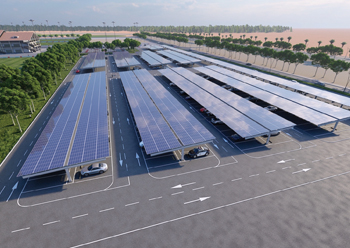
 Sheikh Mohammed inaugurates the 300-MW first stage of the fifth phase of the MBR Solar Park.
Sheikh Mohammed inaugurates the 300-MW first stage of the fifth phase of the MBR Solar Park.
The Gulf region has achieved significant milestones in its journey towards sustainability and renewable energy this year, with some of the key achievements having been the start-up of the Barakah nuclear energy plant in Abu Dhabi and the Dumat Al Jandal wind project in Saudi Arabia as well as the launch of key phases of the Mohammed bin Rashid Solar Park in Dubai. These projects also showcase the rapid strides taken in recent years on diverse renewable energy projects in the region.
Last month, HH Sheikh Mohammed bin Rashid Al Maktoum, Vice President and Prime Minister of the UAE and Ruler of Dubai, inaugurated the 300-MW first stage of the 900-MW fifth phase of the Mohammed bin Rashid Al Maktoum Solar Park (MBR Solar Park). Implemented by Dubai Electricity and Water Authority (Dewa) using the independent power producer (IPP) model, the solar park is the largest single-site facility of its kind in the world with a planned total capacity of 5,000 MW by 2030 and involving a total investment of AED50 billion ($13.6 billion).
The solar park constitutes one of the key pillars of the Dubai Clean Energy Strategy 2050, which aims to provide 75 per cent of Dubai’s total power capacity from clean energy sources by 2050. Clean energy capacity in Dubai’s energy mix has now reached 10 per cent and will increase to 13.3 per cent by the year-end.
 |
|
An artist’s impression of the solar park. |
The total capacity of operational projects at the solar park, which uses photovoltaic (PV) solar panels, is 1,013 MW.
The fifth phase of the solar park, which involves an investment of AED2.058 billion, is being developed by Acwa Power, a Saudi-based developer, investor and operator of power generation and desalinated water plants. Shanghai Electric is the engineering, procurement and construction (EPC) contractor for this phase. The plant is the first utility scale solar PV power plant to operate remotely with zero manpower on site, and is aimed to be delivered by Shanghai Electric in three phases, with a construction period of 12 months on each 300 MWp phase.
Work is ongoing on the fourth phase of the solar park which involves a 700-MW concentrating solar power (CSP) plant. The project will be the world’s largest CSP plant housing a 100-MW central tower plant, three 200-MW parabolic trough plants and 250 MW of photovoltaic (PV) capacity.
Dubai has also launched an experimental Green Hydrogen Project in collaboration with Siemens. The trial hydrogen facility is situated at Dewa’s outdoor testing facilities in the Research and Development (R&D) Centre of the MBR Solar Park. In addition, the emirate is building a waste-to-energy (WtE) project (see Page 63), as well as a hydroelectric power station in Hatta, where it also intends to harness its wind energy.
 |
|
Dumat Al Jandal wind power project ... featuring 99 wind turbines. |
Abu Dhabi, meanwhile, is spearheading efforts in multiple fields including nuclear, solar and even WtE projects. The UAE became the first Arab country to operate a nuclear power plant, when the first unit of its Barakah Nuclear Energy Plant began commercial operations in April this year. Late last month, Emirates Nuclear Energy Corporation (Enec) announced the startup of Unit Two of the plant, which will be connected to the national electricity grid in the coming months.
The 1,400 MW-Unit One is now providing constant, reliable, and sustainable electricity around the clock, while the three further units at the plant are expected to begin generating in the coming years.
In the solar energy sector, Abu Dhabi currently hosts the world’s largest stand-alone operational PV plant and is now initiating efforts to develop yet another, larger such project.
In May, the record-holder located in Sweihan, marked the successful completion of its second year of commercial operations. The 1.2-gigawatt (GW) power plant has more than 3.3 million of solar panels in a single site and since it began operations in April 2019, it has been providing enough clean energy to power 90,000 individuals through a long-term power purchase agreement with the Emirates Water and Electricity Company (Ewec).
Meanwhile, the Al Dhafra Solar Photovoltaic Independent Power Producer (IPP) project which is expected to steal the title of being world’s largest single-site solar power plant marked a milestone when its developer Abu Dhabi National Energy Company (Taqa) – in co-ordination with key partners Abu Dhabi Future Energy Company (Masdar), EDF Renewables and JinkoPower – announced the successful financial closing of the project.
 |
|
Barakah nuclear plant ... Unit One of the plant went onstream in April. |
The project will have a capacity of 2 GW and will supply power to Ewec. Once operational, the Al Dhafra Solar PV IPP will use approximately 4 million solar panels to generate enough electricity for approximately 160,000 homes across the UAE. Upon full commercial operation, the plant is expected to reduce Abu Dhabi’s carbon dioxide (CO2) emissions by more than 2.4 million tonnes per year, equivalent to removing approximately 470,000 cars from the road.
Abu Dhabi also intends to build one of the largest WtE projects in the region. A competitive tender process was initiated in January for the greenfield WtE independent power project by Ewec. To be located near the existing Al Dhafra landfill, it will have an expected processing capacity between 600,000 and 900,000 tonnes of waste per year, and will generate enough electricity to power up to 22,500 UAE households. In addition, the WtE plant is expected to reduce CO2 emissions by up to 1.5 million tonnes per year.
Among other key development in the region, the largest wind farm in the Middle East and the first in Saudi Arabia produced the first carbon-free megawatt-hours (MWh) of energy last month. The 400-MW Dumat Al Jandal wind project is now connected to the Saudi grid. The wind farm consists of 99 wind turbines from supplier and EPC contractor Vestas, each with a power output of 4.2 MW.
Construction on the project began in September 2019, and the wind turbine erection works are near completion.
When complete, the wind farm will generate carbon-free energy, powering up to 70,000 Saudi households, while saving 988,000 tonnes of CO2 per year in support of the kingdom’s climate change mitigation goals. The project is being developed by Abu Dhabi-based Masdar, along with EDF Renewables.
The wind farm is also contributing to the region’s economic activity, creating more than 600 local jobs during the construction phase. The project has also achieved a significant health and safety milestone by securing 1.8 million man-hours without a single lost-time injury (LTI) as a result of the strict health and safety procedures on site.The project was developed as part of the first round of Saudi Arabia’s National Renewable Energy Program (NREP), which is overseen by the kingdom’s Ministry of Energy, Industry, and Mineral Resources (MEIM). Under the programme, Saudi Arabia in 2018 launched two renewable energy projects in the northern region of Al Jouf: Sakaka, a 300-MW solar PV power plant and the Dumat Al Jandal 400-MW onshore wind project.
The kingdom is now developing a further seven solar PV projects with a total capacity of 2,970 MW in the latest batch of projects under its NREP programme. These include one of the world’s largest single-contracted solar PV plants and the largest in Saudi Arabia, which will be built at Sudair (see Saudi Focus), with other projects to be set up in Madinah, Qurayyat, Shuaibah, Jeddah, Rabigh, and Rafha.



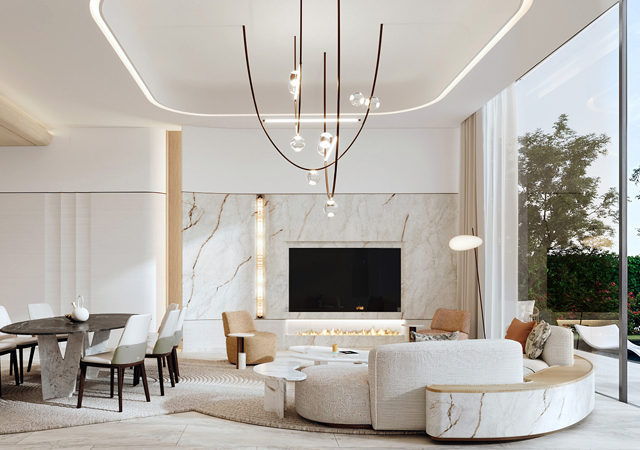
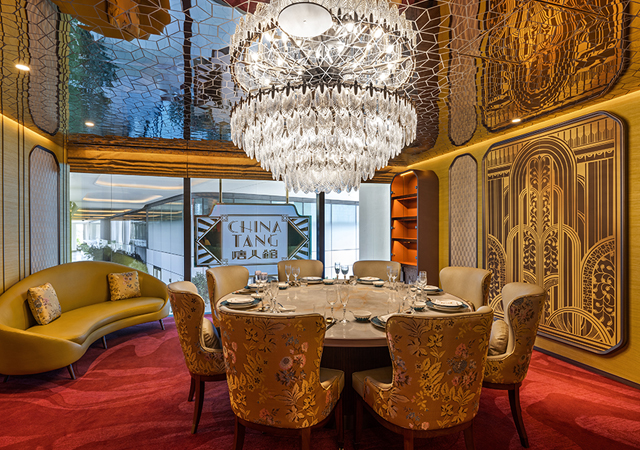

.jpg)
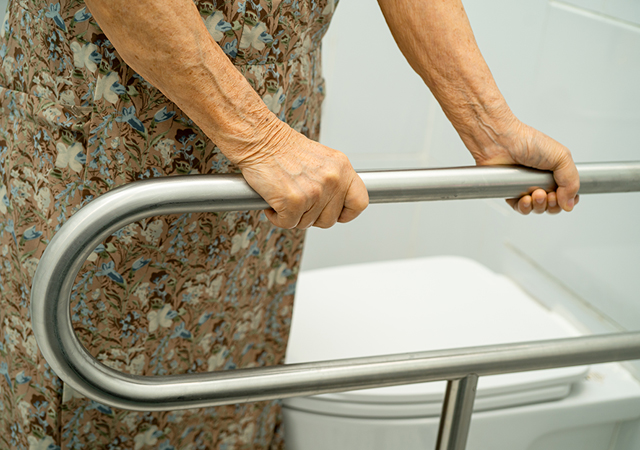



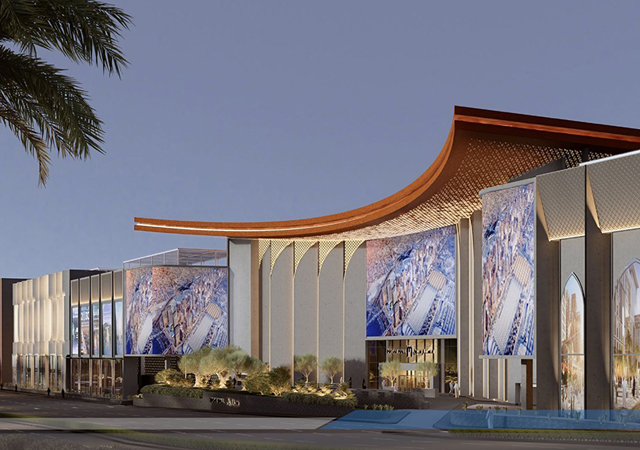


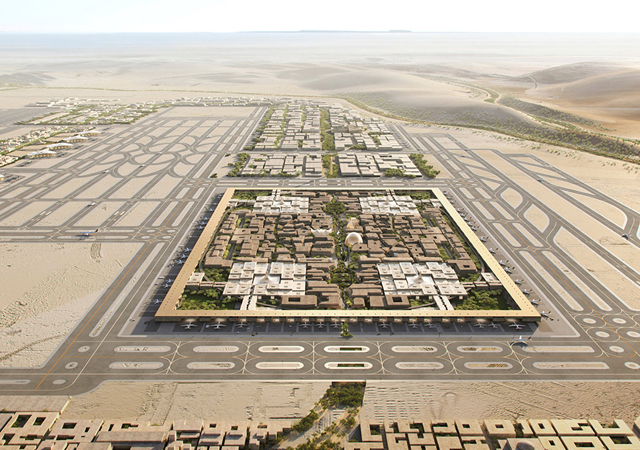
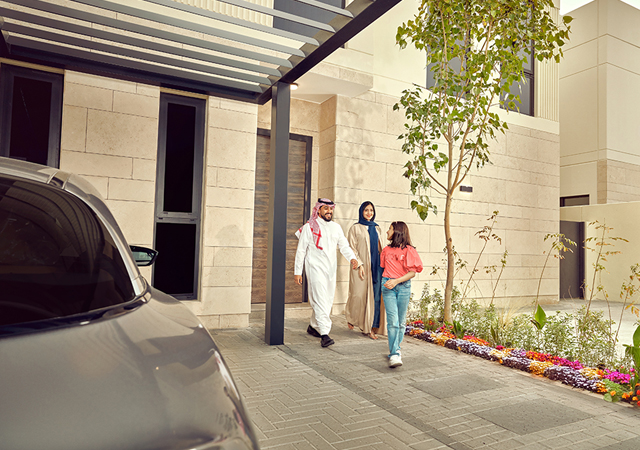
.jpg)
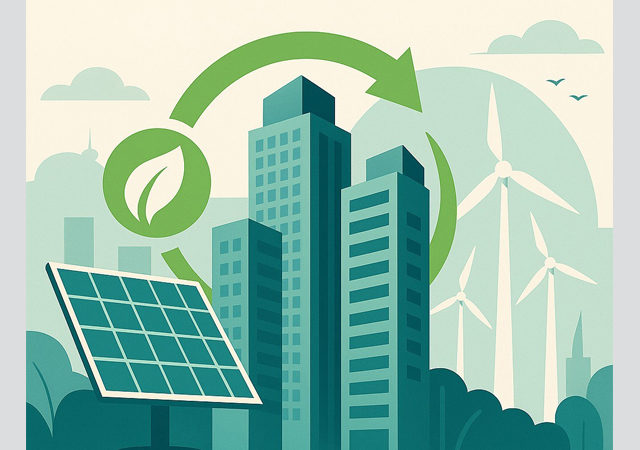



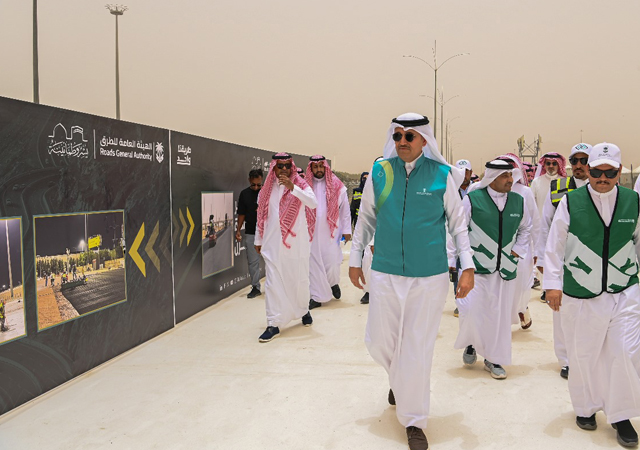
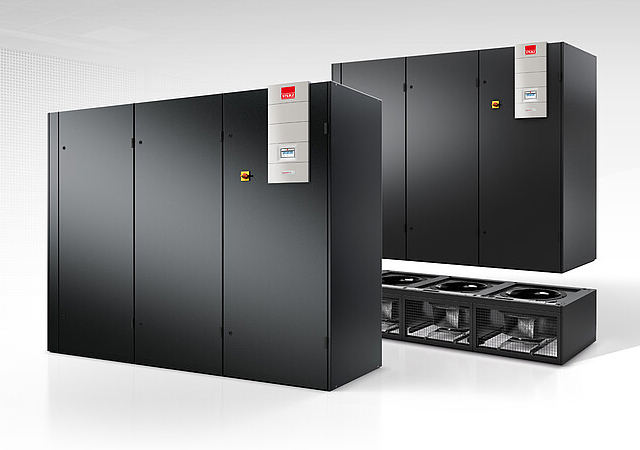


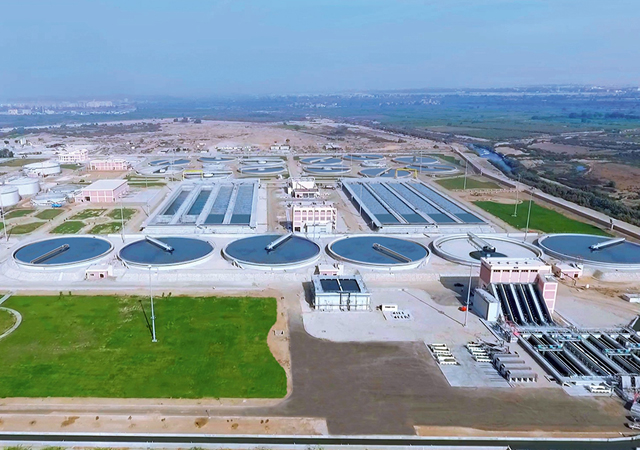
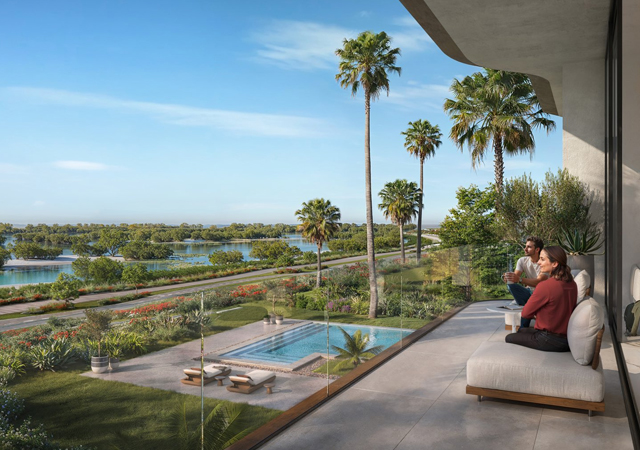
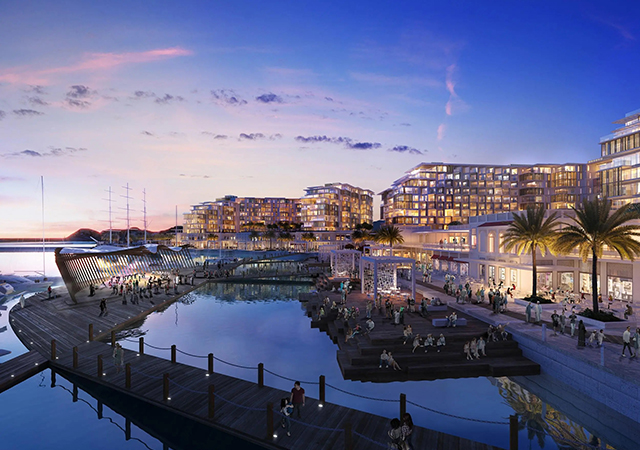
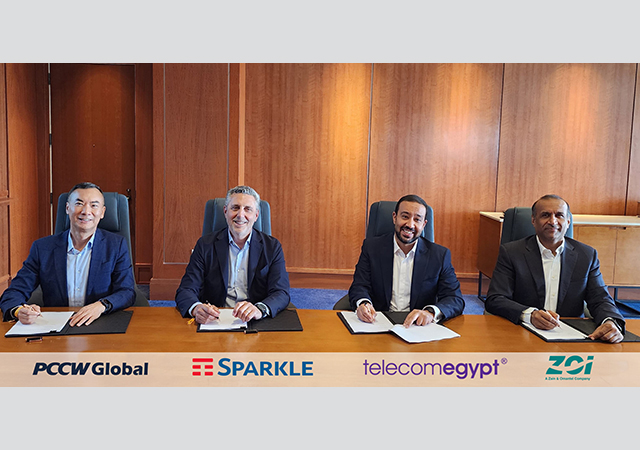
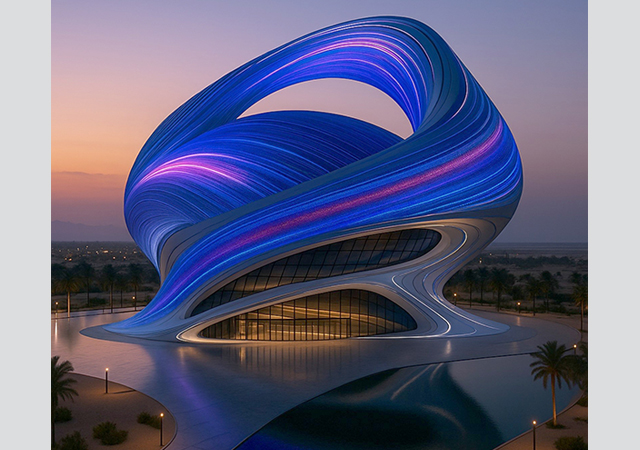


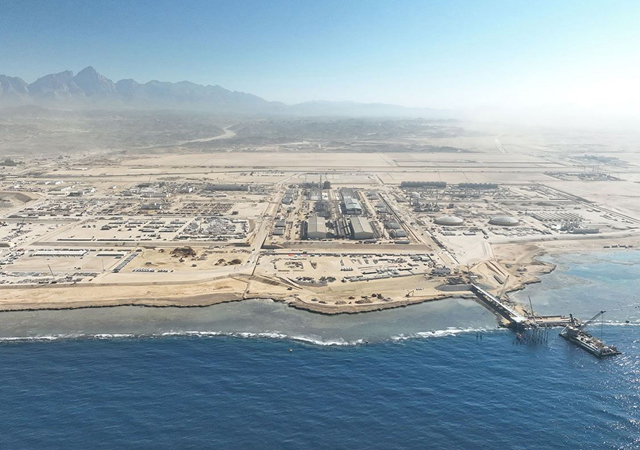
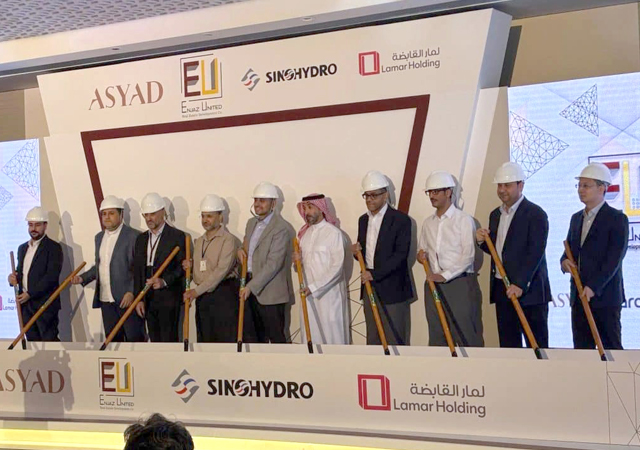
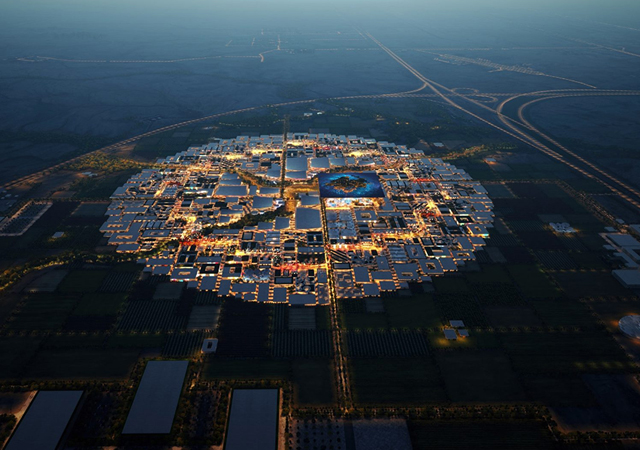
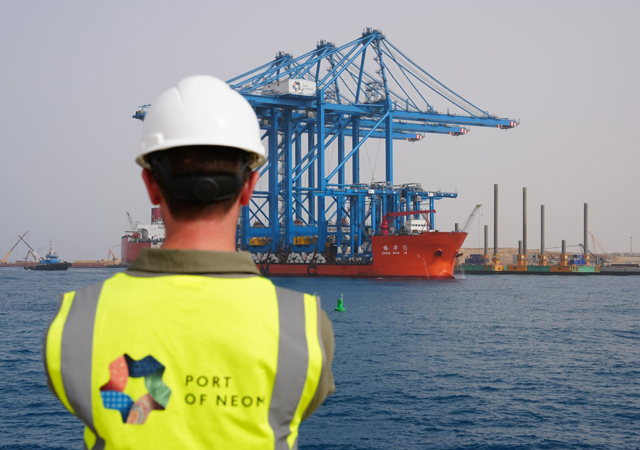
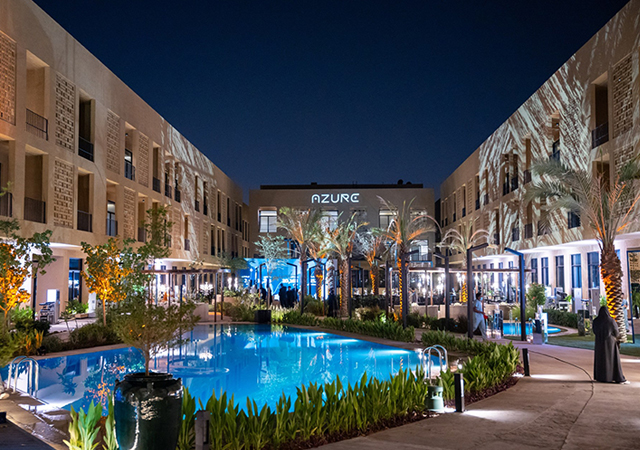
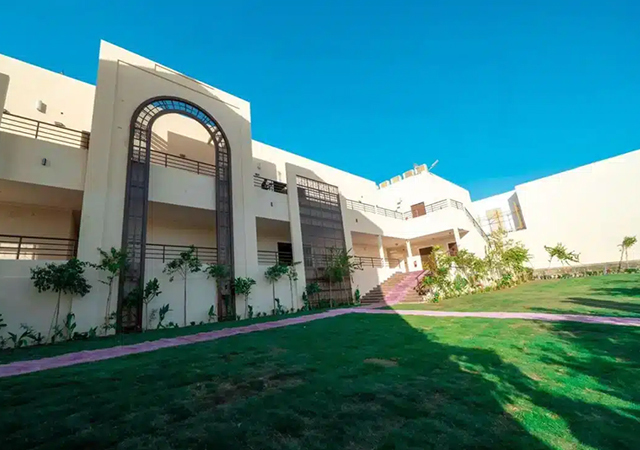

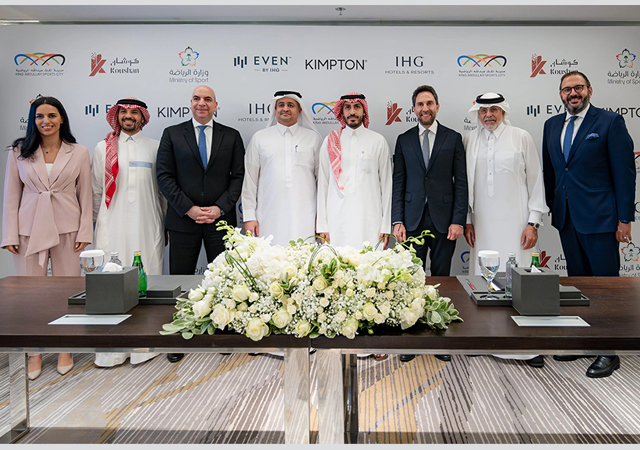
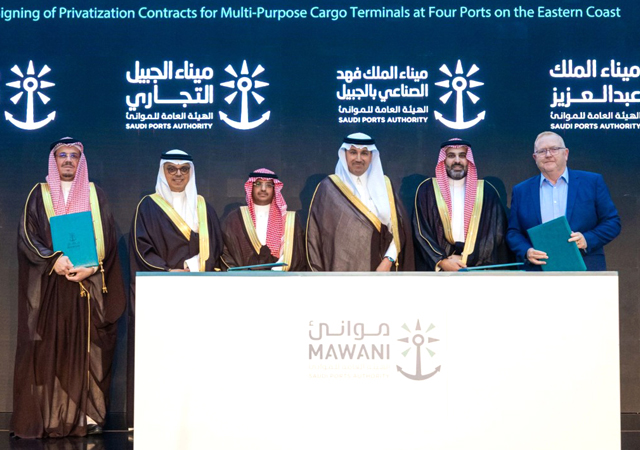
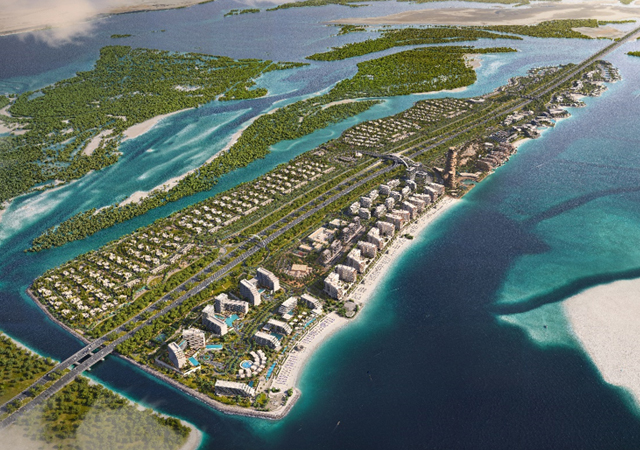
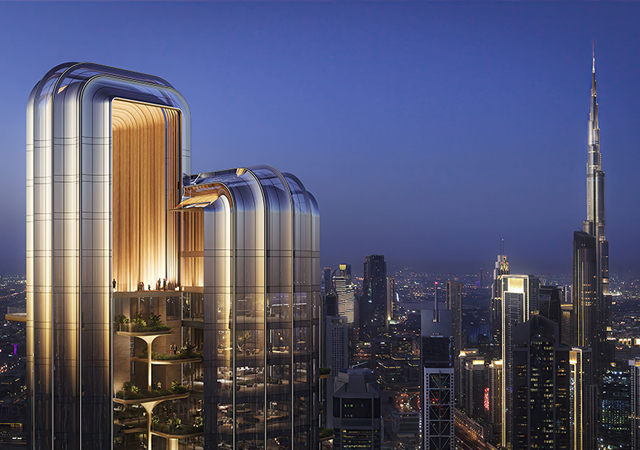
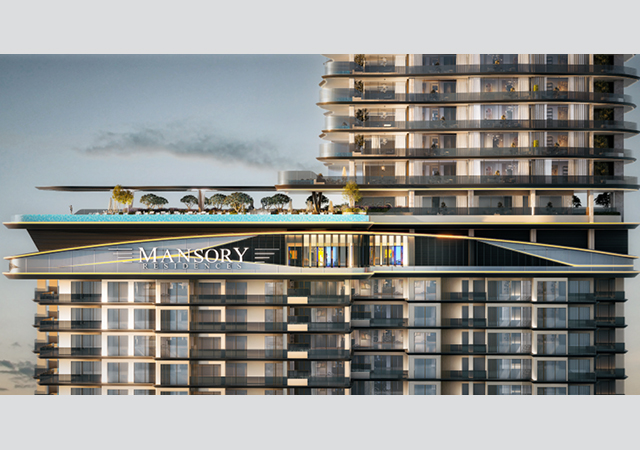


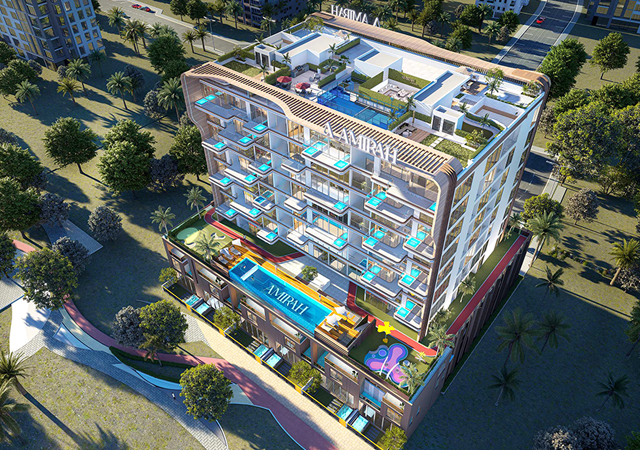
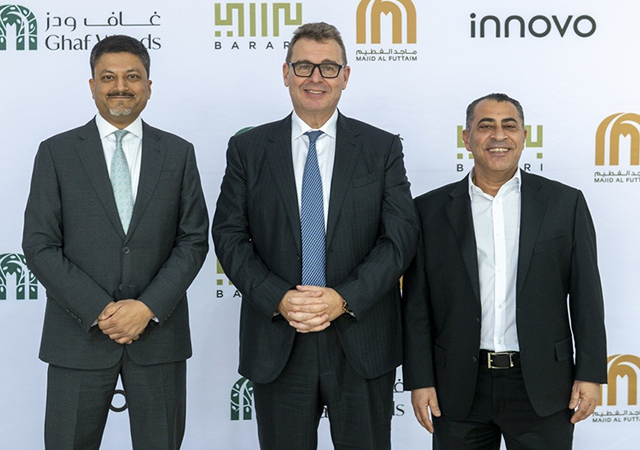
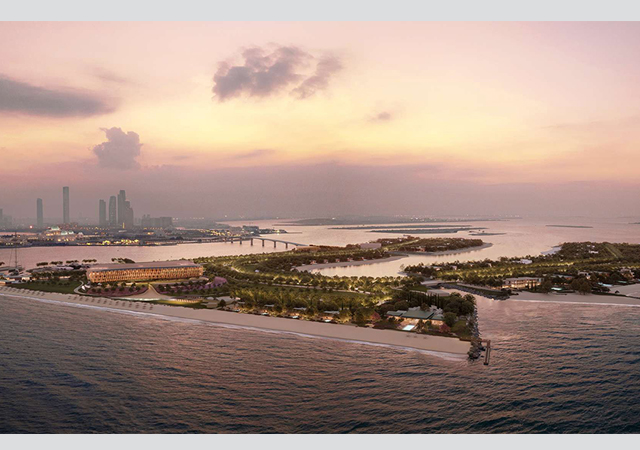
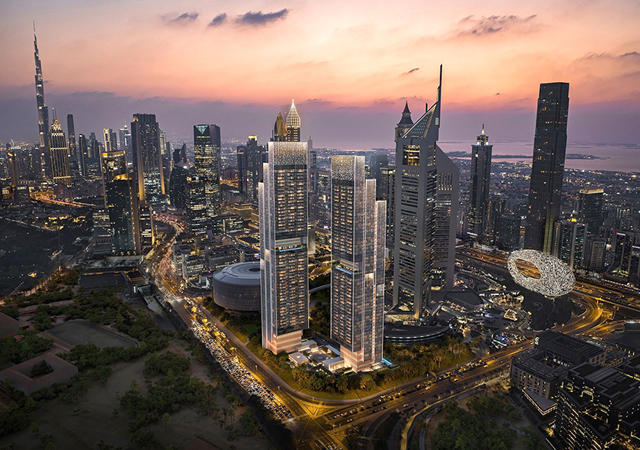
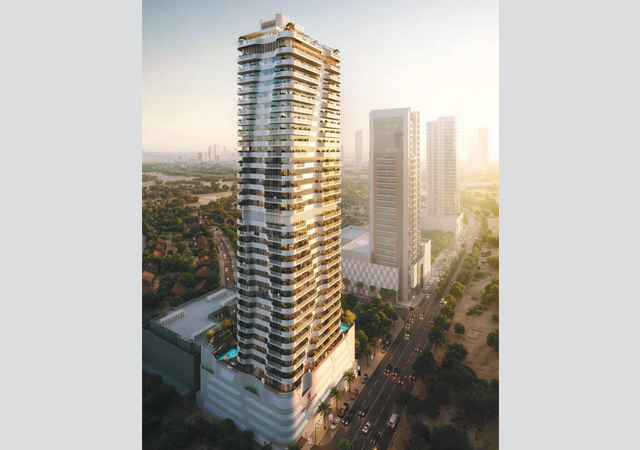
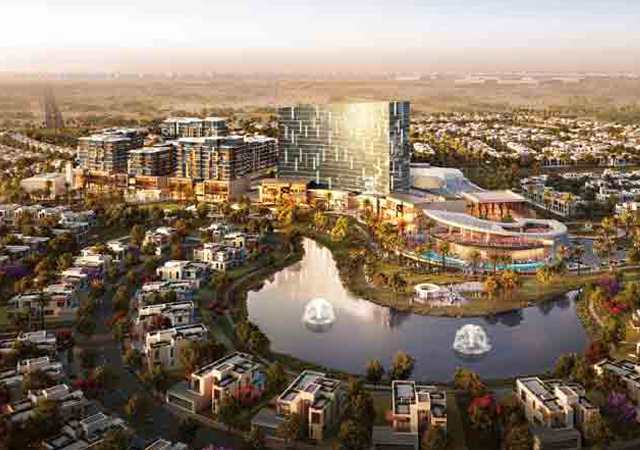
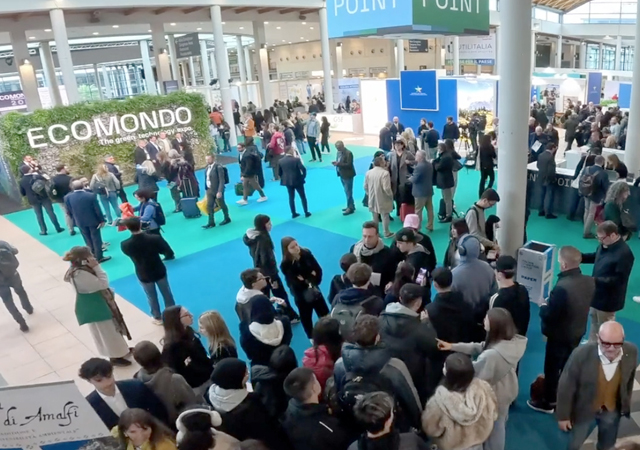
.jpg)


